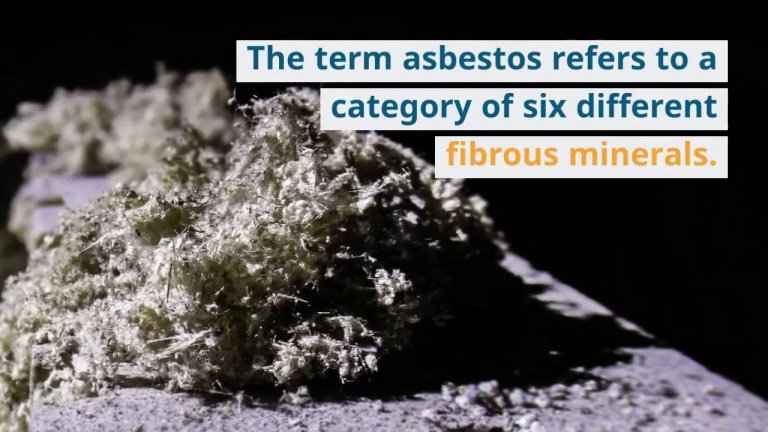
Asbestos is a silent killer that has been lurking in our homes for decades. It is a naturally occurring mineral that was commonly used in construction materials due to its heat-resistant and durable properties. However, it was not until the 1970s that the health risks associated with asbestos exposure were fully understood.
Asbestos is made up of tiny fibers that can easily become airborne when disturbed. When these fibers are inhaled, they can lodge themselves in the lungs and cause a variety of health problems, including lung cancer, mesothelioma, and asbestosis.
The use of asbestos in construction materials was banned in the United States in 1978, but many homes and buildings still contain asbestos-containing materials (ACMs). It is estimated that over 30 million homes in the US alone still contain ACMs, putting millions of people at risk for asbestos exposure.
Identifying Asbestos in Your Home
The first step in protecting yourself and your family from asbestos exposure is to identify any potential sources of ACMs in your home. Asbestos was commonly used in a variety of construction materials, including:
- Insulation
- Flooring
- Ceiling tiles
- Roofing materials
- Siding
- Textured paint
- Pipe insulation
If your home was built before 1980, there is a good chance that it contains ACMs. However, it is important to note that not all materials that contain asbestos are dangerous. Asbestos only poses a health risk when it becomes airborne and is inhaled.
If you suspect that your home may contain ACMs, it is best to have a professional asbestos inspection conducted. An experienced inspector can identify any potential sources of asbestos and recommend the best course of action for removal or encapsulation.
Asbestos Removal and Encapsulation
If ACMs are identified in your home, there are two main options for dealing with them: removal or encapsulation.
Asbestos removal involves the complete removal of all asbestos-containing materials from your home. This is the most effective way to eliminate the risk of asbestos exposure, but it can also be the most expensive and disruptive.
Encapsulation, on the other hand, involves the application of a special coating or sealant over the ACMs. This seals the fibers in place and prevents them from becoming airborne. Encapsulation is a less expensive and less disruptive option, but it may not be suitable for all situations.
It is important to note that asbestos removal and encapsulation should only be performed by trained and licensed professionals. Improper handling of asbestos-containing materials can release fibers into the air and increase the risk of exposure.
Protecting Yourself from Asbestos Exposure
If you live in a home that contains ACMs, there are several steps you can take to protect yourself and your family from asbestos exposure:
- Do not disturb ACMs: Asbestos-containing materials that are in good condition and not disturbed are not a health risk. Avoid drilling, cutting, or sanding ACMs, as this can release fibers into the air.
- Keep the air clean: Use a high-efficiency particulate air (HEPA) filter to trap any asbestos fibers that may be present in the air.
- Wear protective gear: If you need to work with ACMs, wear protective gear such as a respirator, gloves, and protective clothing.
- Hire professionals: If you need to remove or encapsulate ACMs, hire trained and licensed professionals to do the work.
Conclusion
Asbestos is a dangerous substance that has been linked to a variety of health problems, including lung cancer, mesothelioma, and asbestosis. If you suspect that your home may contain ACMs, it is important to have a professional asbestos inspection conducted to identify any potential sources of asbestos.


